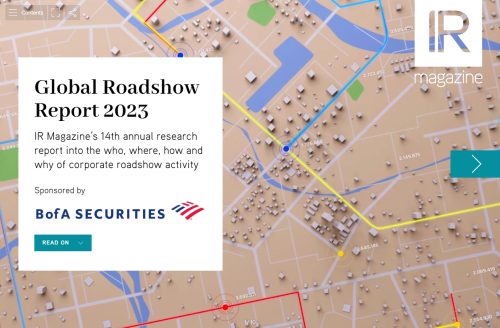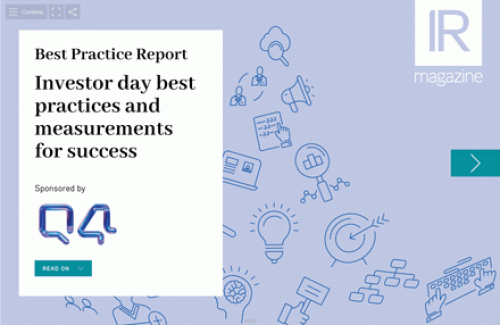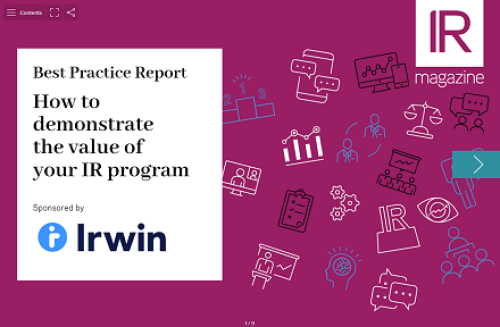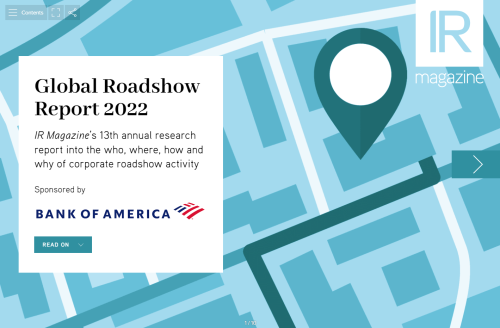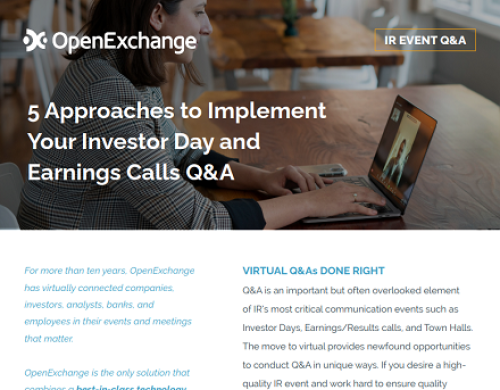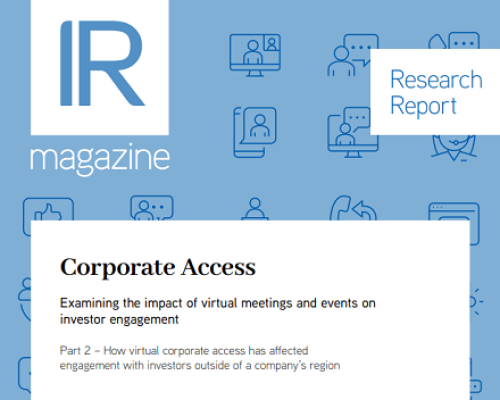How to present your best side on a site tour
For a company doing a site tour, it means going on stage. Visitors get the opportunity to experience rather than to simply hear or read about the company - 'to kick the tires,' in the words of Betty-Ann Heggie, corporate relations vice president for the Potash Corporation of Saskatchewan. It is a given in the world of IR that a positive corporate image cannot be established by official statements alone. However, the IR tactic that takes this idea furthest is the site tour, when a company invites
You need to register to access 3 free deep dive articles per month. To continue reading please register or login below..
- Unlimited deep dives
- Data-driven research around key topics
- Buy-side insights
- Benchmarking reports
From
$1495

